Introduction
Discover 15 easy and creative DIY projects that can transform your home office in just one weekend.
1. Create a Cozy and Functional Workspace
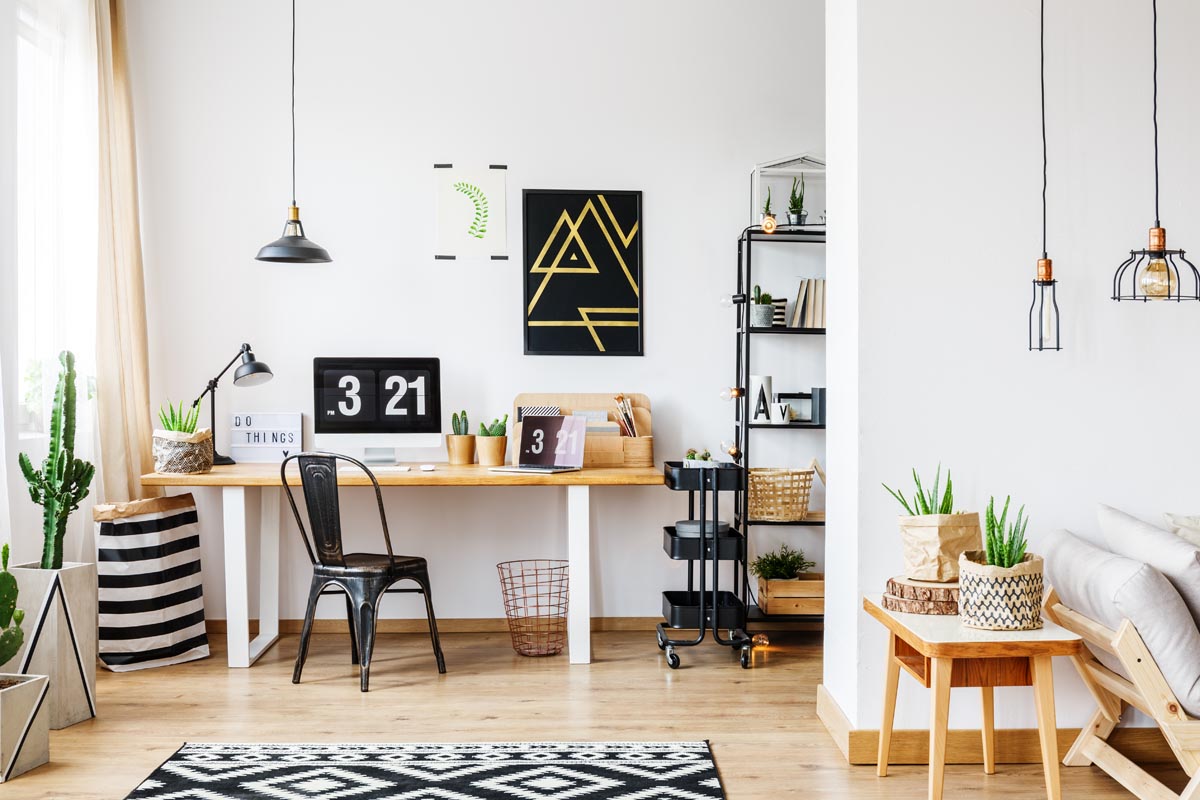
Source www.archify.com
When it comes to working from home, having a comfortable and efficient workspace is crucial. Creating a cozy and functional environment can significantly improve your productivity and enjoyment of the space. Begin by decluttering and organizing your desk area. Remove any unnecessary items and invest in storage solutions to keep everything tidy.
Next, consider adding some personal touches to make the space feel more inviting. Hang up photos, inspirational quotes, or artwork that brings you joy. Incorporate indoor plants to breathe life into the room and create a calming atmosphere.
To achieve a cozy and ergonomic setup, invest in a comfortable desk chair that provides proper support for your back. Additionally, ensure that your desk is at the correct height and that your computer monitor is at eye level to prevent strain on your neck and eyes.
Lastly, incorporate adequate lighting into your workspace. Natural light is ideal, so try to position your desk near a window if possible. If natural light is limited, add task lighting such as a desk lamp to ensure sufficient brightness for your work.
By designing a cozy and functional workspace, you will enhance your productivity, creativity, and overall satisfaction with your home office.
2. DIY Cork Board Wall

Source za.pinterest.com
If you’re in need of a bulletin board to keep your notes, reminders, and inspirations organized, a DIY cork board wall is the perfect project for you. Not only is it a functional addition to your home office, but it also adds a stylish touch to the overall décor.
To create your own DIY cork board wall, you’ll need some cork tiles, adhesive, a putty knife, a level, and a measuring tape. Measure the desired area on your wall where you want the cork board to be and mark it with a pencil. Make sure to leave a border around the edges for a clean and finished look.
Next, apply the adhesive to the back of the cork tiles using a putty knife and carefully press them onto the marked area on your wall. Use a level to ensure the tiles are lined up straight. Allow the adhesive to dry completely according to the manufacturer’s instructions.
Once the adhesive is dry, your DIY cork board wall is ready to use. You can pin up important papers, photos, and even decorative items to personalize your space. It’s a great way to keep everything you need within reach and easily visible.
If you want to add a touch of creativity to your cork board wall, consider painting the cork tiles in different colors or patterns before installing them. This will not only make your cork board wall functional but also a unique and eye-catching feature of your home office.
Remember to regularly clean and maintain your cork board wall to remove any dust or debris, as well as refresh the adhesive if necessary. With a little effort and creativity, your DIY cork board wall will be a practical and visually appealing addition to your home office.
2. Customized Corkboard

Source www.pinterest.com
If you’re tired of the plain and boring corkboard hanging on your office wall, why not transform it into a personalized and stylish piece? With just a few materials and a little creativity, you can create a customized corkboard that not only serves its purpose but also adds a touch of uniqueness to your workspace.
To start this DIY project, you’ll need a corkboard, fabric of your choice, a staple gun, scissors, and optional decorative elements like ribbon or buttons. First, remove any existing papers or notes from the corkboard and clean it thoroughly. This will ensure that the fabric adheres properly and gives a neat appearance.
Next, choose a fabric that matches your office decor or reflects your personal style. It could be a vibrant pattern, a solid color, or even a themed fabric, depending on your preference. Lay the fabric flat on a clean surface and place the corkboard face down on top of it.
Starting from one side, pull the fabric tightly over the corkboard and secure it with staples using a staple gun. Work your way around the board, pulling and stapling the fabric on each side until it is securely attached. Trim any excess fabric with scissors for a clean finish.
If desired, you can add embellishments or decorative elements to enhance the overall look of your customized corkboard. Attach ribbons across the board to create a crisscross pattern where you can tuck in notes or pictures. Alternatively, you can glue buttons or small trinkets onto the fabric for a more whimsical touch.
Once you’re satisfied with the appearance, hang your newly customized corkboard on the wall using nails or picture hangers. It’s now ready to display important notes, reminders, and inspiration in a way that reflects your personal style.
This DIY project not only allows you to personalize your workspace but also helps you stay organized by having a dedicated space for all your important papers, reminders, and to-do lists. By customizing your corkboard, you can inject your own personality into your home office and create a welcoming and inspiring environment.
So, instead of settling for a plain corkboard that doesn’t spark joy, take a weekend to unleash your creativity and transform it into a unique piece that will brighten up your home office.
3. Upcycled Storage Containers

Source thecrazycraftlady.com
If you’re looking for a creative and inexpensive way to organize your home office, consider repurposing old containers. Tin cans, jars, or boxes that you might otherwise throw away can be transformed into unique and practical storage solutions for your office supplies.
One of the easiest ways to upcycle old containers is by simply cleaning them out and giving them a fresh coat of paint. This instantly transforms an old tin can into a vibrant and stylish pen holder. You can choose a color that matches your office decor or go for a bold and eye-catching option to add a pop of color to your workspace.
If you’re feeling a bit more adventurous, you can decorate your upcycled containers using various materials such as washi tape, fabric, or even decoupage. For example, wrapping a jar with a funky patterned washi tape gives it a fun and playful look, while covering a box with fabric can make it blend seamlessly with your office aesthetic.
Not only are upcycled storage containers visually appealing, but they also provide a practical solution for keeping your office supplies organized. You can use them to store pens, markers, sticky notes, paper clips, or any other small items that tend to clutter your desk. By giving each item its own designated container, you’ll be able to easily locate what you need without rummaging through a messy drawer.
Another great thing about upcycled storage containers is that you can customize them to suit your specific needs. For instance, if you struggle with keeping your cords and cables untangled, you can repurpose an old cardboard box into a cable organizer. Simply cut holes into the box and thread the cords through them, keeping everything neatly organized and easily accessible.
In addition to being practical and customizable, upcycled storage containers are also an eco-friendly choice. By repurposing items that would otherwise end up in a landfill, you’re reducing waste and giving new life to old objects. Plus, upcycling can be a fun and rewarding DIY project that allows you to put your creativity to use.
So, next time you’re looking for a weekend project to spruce up your home office, consider upcycled storage containers. They are an easy and budget-friendly way to add a personal touch to your workspace while keeping things tidy and organized. With just a bit of effort and creativity, you can transform ordinary containers into stylish and functional storage solutions.
4. Floating Shelves
:max_bytes(150000):strip_icc()/Joao2PiecePoplarSolidWoodFloatingShelf-db83116ccb084a57826f716b9ba4078e.jpeg)
Source www.thespruce.com
If you want to maximize the vertical space in your home office and add a modern touch to the décor, installing floating shelves can be a great DIY project. Floating shelves are a practical and stylish storage solution that can help you keep your office essentials organized while adding visual interest to the walls.
Installing floating shelves is a relatively simple process that requires a few basic tools and materials. Before you begin, you need to decide on the placement and number of shelves you want. Measure the wall space where you want to install the shelves and determine the appropriate height and spacing between them.
Once you have your measurements, you can start by gathering the materials you will need. This typically includes a level, a stud finder, a drill, screws, anchors, and the shelves themselves. Floating shelves are usually made of wood or metal, and you can find a variety of styles and sizes to suit your needs and preferences.
To install the shelves, begin by using a stud finder to locate the studs in the wall. Studs are important because they provide the necessary support for the weight of the shelves and the items you will place on them. Mark the stud locations on the wall using a pencil. If you are unable to find studs in the desired location, you will need to use anchors to secure the shelves to the wall.
Using a level, mark the desired height for the shelves on the wall. This will ensure that the shelves are installed straight and level. Next, use a drill to create holes for the screws or anchors. If you are using anchors, make sure to follow the manufacturer’s instructions for installation.
After the holes are drilled, hold the shelf against the wall and attach it using screws or anchors. Make sure the shelf is securely attached to the wall and level. Repeat the process for each shelf, ensuring equal spacing between them.
Once the shelves are installed, you can start arranging your office essentials and decorative items on them. Floating shelves are versatile and can be used to display books, plants, artwork, or any other items that inspire you.
Not only do floating shelves provide practical storage space, but they also add a touch of modernity and style to your home office. They create the illusion that the shelves are floating on the wall, which gives a sleek and minimalist look to the room.
In conclusion, installing floating shelves is a simple and rewarding DIY project that can transform your home office. By maximizing vertical space and adding a touch of modernity, floating shelves offer both functionality and style. So why not give it a try this weekend and upgrade your home office with this trendy and practical storage solution?
5. Cable Management Solutions
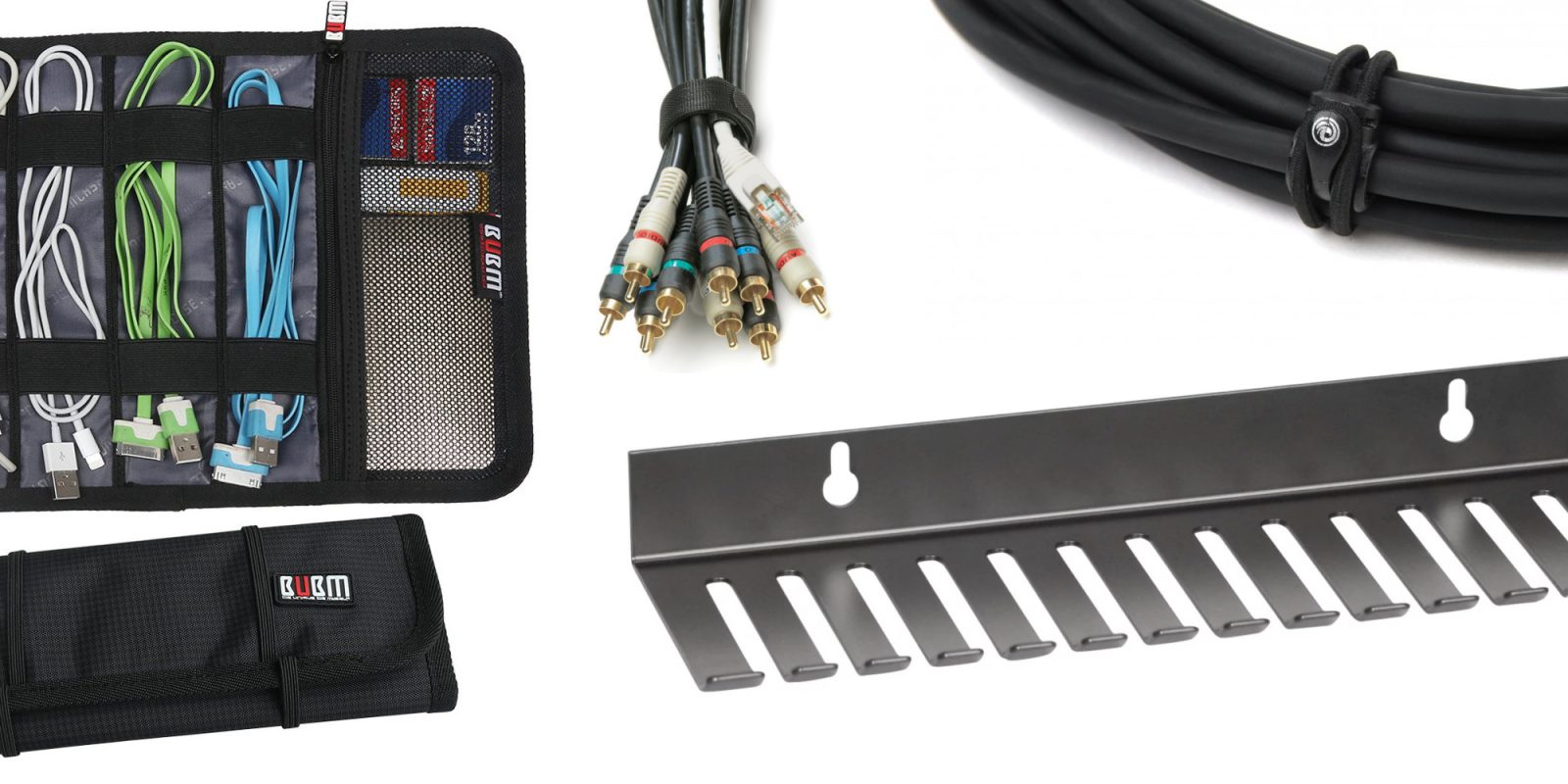
Source 9to5mac.com
One of the biggest challenges in any home office is dealing with the tangled mess of cables and cords. Not only can they be unsightly, but they can also be a tripping hazard. Fortunately, there are several DIY solutions to help you organize and hide cables in a weekend.
One option for cable management is to use cable clips. These small clips can be easily attached to the edge of your desk or the wall, allowing you to route your cables neatly and keep them out of sight. They come in various sizes and colors, making it easy to match them to your office decor.
Another popular cable management solution is cable sleeves. These sleeves are typically made of flexible neoprene and can hold multiple cables together, creating a cleaner and more organized look. Simply gather your cables, slide them into the sleeve, and zip it up. You can then run the sleeve along the edge of your desk or wall to keep the cables out of sight.
If you’re looking for a more creative way to manage your cables, consider repurposing everyday items. For example, you can use a shoebox or a cable box with holes cut into the sides to route your cables through. Not only will this keep your cables organized and hidden, but it will also provide a space to store other office essentials.
Another clever idea is to use binder clips to keep your cables in place. Simply attach a binder clip to the edge of your desk or a wall-mounted cable management board, and then thread your cables through the metal handles. This will prevent them from falling to the floor and create a cleaner workspace.
If you’re feeling particularly crafty, you can even make your own cable management solutions using materials you have at home. For example, you can repurpose an old picture frame by removing the glass and adding small hooks or clips to hold your cables. This not only provides a unique and stylish way to manage your cables but also adds a personal touch to your home office.
When it comes to cable management, the key is to find a solution that works best for your space and needs. Whether you choose to use cable clips, cable sleeves, or repurpose everyday items, the goal is to create a clean and organized workspace that allows you to focus on your work without the distraction of tangled cables.
So, roll up your sleeves and get creative with cable management solutions for your home office. Not only will it make your workspace more efficient, but it will also add a touch of style to your office decor. Happy organizing!
6. Personalized Mouse Pad

Source www.pinterest.com
Add a personal touch to your workspace by creating a custom mouse pad that reflects your style and personality. A mouse pad is not only a functional accessory for your desk, but it can also serve as a creative outlet to showcase your individuality.
Creating a personalized mouse pad is a fun and easy DIY project that you can complete in a weekend. Not only will it add a unique touch to your home office, but it can also be a great conversation starter when colleagues or clients visit your workspace.
To make your own personalized mouse pad, you will need a few supplies including a blank mouse pad, fabric or paper of your choice, adhesive, scissors, and any decorative elements you want to add such as buttons, ribbons, or stickers. You can find blank mouse pads and adhesive at your local craft store or order them online.
Start by selecting a fabric or paper that suits your style and preferences. You can choose a patterned fabric, a solid color that matches your office decor, or even a photograph or artwork that has personal significance to you. Cut the fabric or paper to the size of the mouse pad, leaving a small border if desired.
Apply adhesive to the back of the fabric or paper and carefully place it on the mouse pad, smoothing out any wrinkles or bubbles. Let it dry according to the instructions provided with the adhesive.
Once the fabric or paper is securely in place, you can get creative with your decorations. Add buttons, ribbons, or stickers to further personalize your mouse pad. You can also use fabric markers or paint to add designs, quotes, or images that inspire you.
Allow your personalized mouse pad to dry completely before using it. Once it’s ready, place it on your desk and enjoy a customized accessory that reflects your unique style and personality.
In addition to adding a personal touch to your workspace, using a custom mouse pad can also improve your productivity and comfort. The texture of the mouse pad provides better mouse control and tracking, reducing the strain on your wrist and arm. It also helps to protect your desk surface from scratches and wear.
If you want to take your DIY mouse pad to the next level, consider adding a wrist rest for extra comfort. You can purchase a wrist rest or make one using foam or a small pillow. Attach it to the bottom edge of the mouse pad with adhesive or sew it in place for added stability.
Creating a personalized mouse pad is a simple and affordable way to customize your home office and make it a space that truly reflects your personality. Whether you prefer a sleek and professional design or a vibrant and colorful statement piece, you can easily create a mouse pad that suits your style. So why settle for a generic mouse pad when you can have one that is uniquely yours?
7. Wall-mounted Whiteboard
Source www.evansclarke.com.au
If you’re looking for a practical and stylish addition to your home office, creating a wall-mounted whiteboard is the perfect project for you. Not only does it provide a convenient space for jotting down important reminders and to-do lists, but it also adds a decorative touch to your workspace.
To create your own wall-mounted whiteboard, you’ll need a plain whiteboard, a frame, and some decorative fabric. Start by removing any existing frame or borders from the whiteboard. This will give you a clean surface to work with.
Next, measure the dimensions of your whiteboard and cut a piece of decorative fabric slightly larger than the board itself. Lay the fabric flat on a table or other work surface and place the whiteboard face down on top of it.
Starting with one side, wrap the fabric tightly around the whiteboard, securing it in place with staples or fabric glue. Continue wrapping the fabric around the remaining sides, making sure to pull it taut to prevent any wrinkles or sagging.
Once the fabric is securely attached, it’s time to add the frame. Choose a frame that complements the style of your home office and trim it to fit the dimensions of the whiteboard. Attach the frame around the edge of the whiteboard using screws or strong adhesive.
Finally, mount the wall-mounted whiteboard on your office wall using brackets or other appropriate hardware. Make sure it is securely fastened to prevent any accidents or damage.
The finished product is not only practical but also adds a touch of personality to your home office. The decorative fabric allows you to customize the whiteboard to match your overall office decor, whether you prefer a minimalist design or something more vibrant and colorful.
With your newly created wall-mounted whiteboard, you’ll have an easily accessible space to keep track of tasks, deadlines, and important notes. It serves as a visual reminder of your priorities and helps you stay organized throughout the workweek.
Additionally, the whiteboard can double as a creative space for brainstorming ideas, sketching out plans, or collaborating with colleagues. Its versatile nature makes it an essential tool for any home office, whether you work from home full-time or just need a dedicated space for occasional tasks.
So, why not add a touch of functionality and style to your home office with a DIY wall-mounted whiteboard? This project is not only easy to complete but also allows you to unleash your creativity and personalize your workspace. With just a few materials and a weekend’s worth of time, you can have a practical and decorative organizational tool that enhances your productivity and brings a smile to your face every time you enter your home office.
8. DIY Desk Lamp

Source ar.pinterest.com
If you’re looking to add some unique lighting to your home office, why not create your very own DIY desk lamp? Not only will it provide the necessary light for your workspace, but it can also be a stylish addition that reflects your personal style. By repurposing old materials or combining different elements, you can create a one-of-a-kind lamp that matches your office decor perfectly.
There are several creative ways to approach this project. You can start by scavenging your garage or basement for old items that can be repurposed into a lamp. For example, an old camera tripod can be transformed into a trendy industrial-style lamp base. Simply remove the camera mount and attach a lamp socket with a lightbulb. This will give your desk lamp a unique and eye-catching look.
If you prefer a more rustic or vintage feel, consider repurposing an old piece of piping or plumbing fixtures. Attach a decorative lightbulb to the end of the pipe and voila! You have a rustic desk lamp that adds character to your workspace. You can also add a wooden base to give it a touch of warmth and stability.
If you’re feeling crafty, you can even create a desk lamp from scratch using various materials. For example, you can use a block of wood as the base and attach a flexible metal arm with a lightbulb socket at the end. This will allow you to adjust the direction and angle of the light to suit your needs. Don’t forget to add a switch and a cord for easy on and off functionality.
If you’re into DIY electronics, you can take your desk lamp project to the next level by incorporating smart features. For example, you can use LED light strips instead of traditional lightbulbs to create a softer and more energy-efficient glow. You can even add a motion sensor or a touch-sensitive switch to control the lamp’s brightness or color. The possibilities are endless when it comes to adding technological elements to your DIY desk lamp.
Remember, the key to a successful DIY desk lamp project is to let your creativity flow and experiment with different materials and designs. Don’t be afraid to mix and match various elements to create a truly unique and personalized lamp. Whether you prefer a modern, rustic, or vintage look, there’s a DIY desk lamp waiting to be brought to life in your home office.
9. Inspirational Wall Art
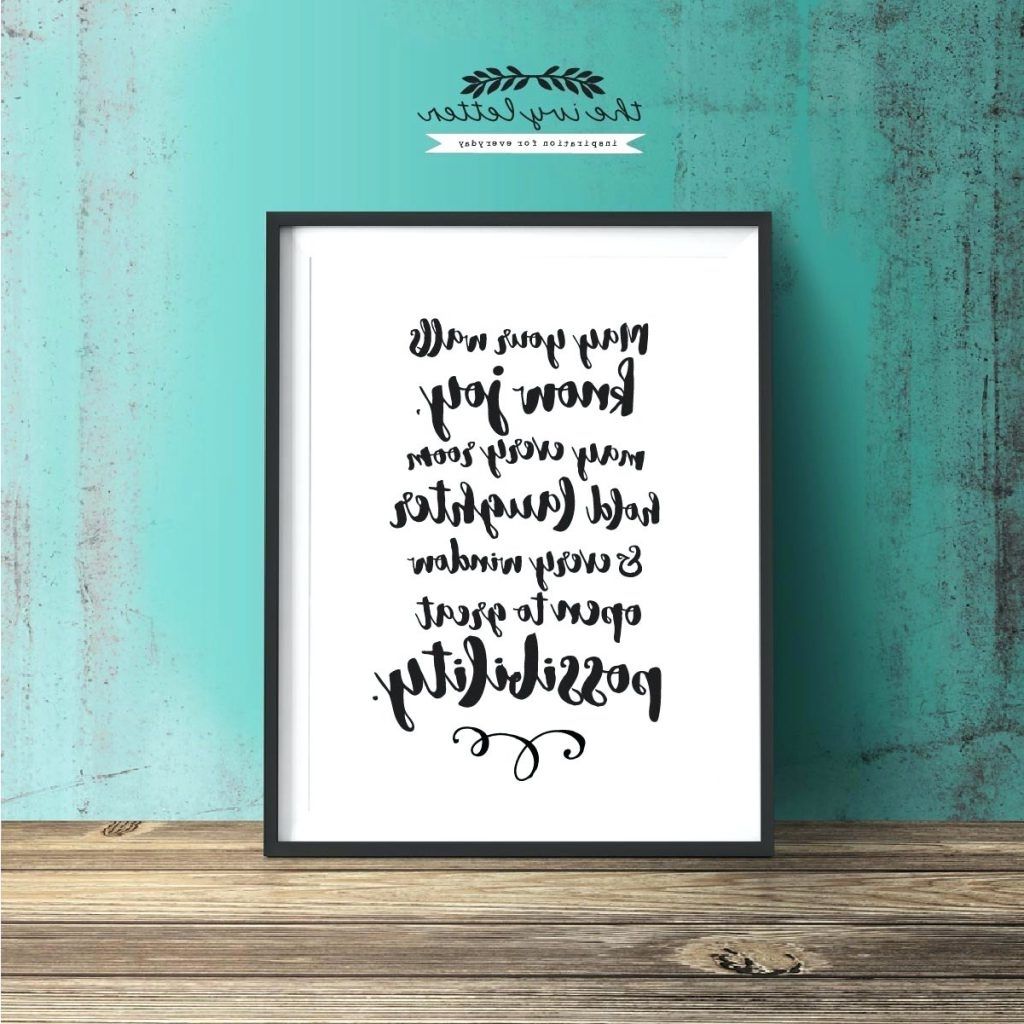
Source www.bernardbeneito.com
Creating an inspiring and motivating workspace is essential for productivity and creativity. One way to achieve this is by incorporating inspirational wall art into your home office. Whether you prefer quotes, paintings, or stencils, there are various DIY projects you can complete in a weekend to transform your workspace.
Canvas paintings are a popular choice for wall art as they are versatile and easy to create. You can start by selecting a canvas size that fits your office wall. Next, decide on a theme or message that inspires you. It could be a motivational quote, a serene landscape, or a vibrant abstract design.
Once you have your theme in mind, gather the necessary supplies such as acrylic paints, brushes, and stencils if needed. Choose colors that resonate with you and reflect the atmosphere you want to create in your workspace. For example, calming blues and greens can promote a sense of tranquility, while bold and bright colors can evoke energy and excitement.
Begin by sketching your design lightly on the canvas using a pencil. This will serve as a guideline for your painting. If you’re not confident in your drawing skills, you can always use stencils or trace an image onto the canvas. Fill in the outlines with your chosen colors, blending and layering as desired.
If you prefer a more minimalistic look, you can opt for stencils or decals to create your wall art. Stencils are widely available in various designs and sizes, allowing you to easily create professional-looking artwork. Choose a meaningful quote or phrase and stencil it onto a canvas or directly onto the wall using paint or permanent markers.
If you’re not keen on painting, another option is to create a gallery wall using inspiring prints or photographs. You can search for printable art online or use your own photographs to add a personal touch to your workspace. Once you have selected your prints, you can frame them or use adhesive strips to hang them directly on the wall.
When it comes to arranging your wall art, consider creating a focal point above your desk or spreading the pieces evenly across the wall. Experiment with different layouts to find the arrangement that resonates with you. Remember, the goal is to create a visually appealing and inspiring space that reflects your personality and motivates you to work.
By incorporating DIY wall art into your home office, you can add a personal touch to your workspace while creating a visually stimulating environment. Whether you choose to paint, stencil, or create a gallery wall, let your creativity shine and transform your office into a place that inspires productivity.
10. Desk Cable Organizer

Source www.pinterest.com
Having a clean and organized workspace can greatly improve productivity and reduce distractions. One common problem in home offices is the tangled mess of cables that often accumulates on and around the desk. Fortunately, there are simple DIY solutions to help you manage and organize your cables effectively.
A desk cable organizer can be easily constructed using PVC pipes or binder clips, both of which are readily available and affordable materials. These organizers not only keep your cables neat and tangle-free but also ensure that they are easily accessible when you need to make any adjustments or move them around.
If you prefer a sleek and minimalistic look, PVC pipes offer a stylish solution. Start by measuring the length of your desk and the number of cables you need to accommodate. Then, cut the PVC pipes into the desired lengths, allowing enough space for all your cables to fit comfortably inside.
Next, attach the PVC pipes to the underside of your desk using adhesive hooks or strong double-sided tape. Make sure they are evenly spaced and secure. You can also paint the PVC pipes in a color that matches your office decor or simply leave them as they are for a clean and modern look.
If you prefer a more flexible option, binder clips are a fantastic alternative. Start by gathering a variety of sizes to accommodate different types and sizes of cables. Attach the binder clips to the edge of your desk, leaving enough space between each clip for easy cable insertion and removal.
To further customize your binder clip cable organizer, consider using decorative washi tape or labels to color-code your cables or identify them more easily. This will not only add a personal touch to your workspace but also enable you to quickly find the cable you need without having to untangle a mess.
Regardless of whether you choose PVC pipes or binder clips, it is essential to carefully plan your cable routes before installation. Take into consideration the proximity of power outlets, computer equipment, and any other devices you need to connect. This will ensure that your cables are neatly organized and do not become a trip hazard or get accidentally unplugged.
Additionally, using cable management accessories such as zip ties or cable sleeves can help to further streamline your cable organization. These accessories can be used to bundle and hide cables that may not be easily integrated into the main cable organizer.
By taking the time to create a desk cable organizer, you will not only improve the aesthetic appeal of your home office but also reduce cable-related clutter and simplify future cable management. With just a few simple materials and a couple of hours, you can have a clean and organized workspace that promotes productivity and minimizes distractions.
Remember to regularly assess and adjust your cable organization system as needed. As your home office evolves and your equipment changes, it may be necessary to make adjustments and additions to ensure optimal cable management.
11. Custom Bookshelf
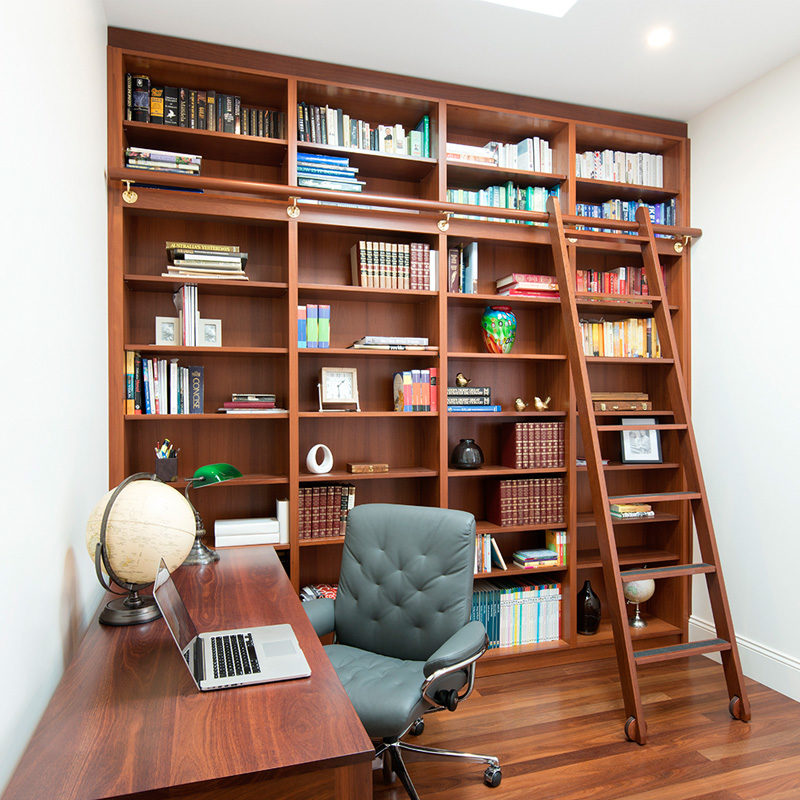
Source pfitzner.com.au
If you’re looking to add both storage and personality to your home office, building a custom bookshelf is a fantastic project to take on. With just basic materials like wooden planks and brackets, you can create a unique and functional storage solution that perfectly fits your space.
One of the great things about building your own bookshelf is the ability to customize it to your specific needs. Consider the size and shape of your office, as well as the amount of storage you require. Measure the available space and plan the dimensions of your bookshelf accordingly.
Once you have your measurements, purchase the necessary materials from your local home improvement store. Wooden planks are a popular choice for the shelves, as they provide a sturdy base for your books and decor. You can choose from a variety of finishes, such as natural wood, painted, or stained, depending on the overall aesthetic of your office.
Additionally, you’ll need brackets to support the shelves and secure them to the wall. Select brackets that match the style and strength requirements of your bookshelf design. Make sure to purchase enough brackets to evenly distribute the weight of the books and prevent sagging shelves.
When you have all your materials ready, it’s time to start building. Begin by attaching the brackets to the wall, ensuring they are level and properly aligned. Then, position the wooden planks on top of the brackets, making sure they are securely mounted.
If desired, you can further customize your bookshelf by adding decorative elements. Consider painting or staining the wooden planks in a color that complements your office decor. You can also incorporate trim or molding to create a more polished look.
Once your bookshelf is complete, it’s time to start organizing your books and office supplies. Group books by category or color to create an aesthetically pleasing display. Use decorative baskets or bins to store smaller items like stationery, notepads, or cords, keeping your workspace tidy and organized.
Building a custom bookshelf for your home office not only adds practical storage but also enhances the overall aesthetic of your workspace. By creating a personalized piece that fits your needs, you’ll be inspired to work and be more productive in your newly organized and stylish office.
12. Portable Desk Caddy
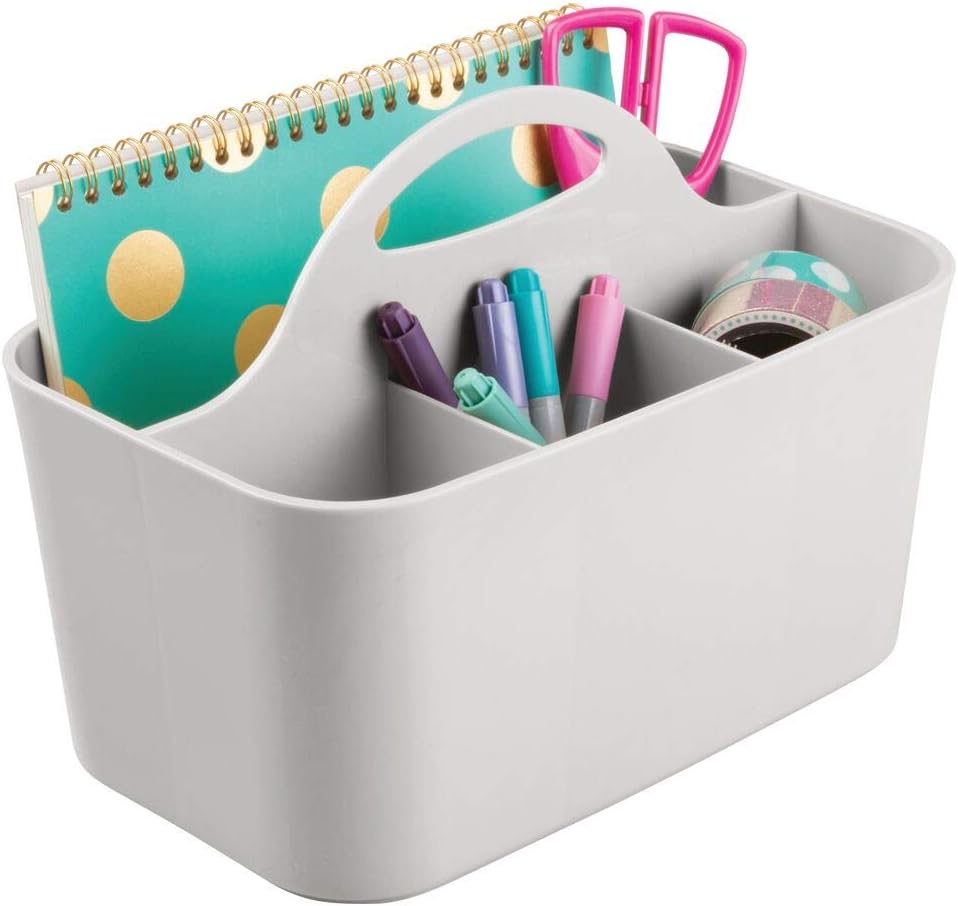
Source justdogs23.blogspot.com
When it comes to staying organized and productive, it’s essential to have a designated space for your office essentials. However, sometimes you may need to work on the go or in different locations within your home. That’s where a portable desk caddy comes in handy.
A portable desk caddy is a convenient and stylish solution to keep your office supplies organized while providing mobility. With just a wooden crate or a small storage container, you can create your own portable desk caddy in no time.
To create your desk caddy, start by selecting a wooden crate or a small storage container that suits your style and needs. You can find these at your local home improvement store or repurpose an old container you have lying around. Make sure the dimensions are suitable for holding your office essentials, such as pens, notepads, staplers, and other small items.
Once you have your wooden crate or storage container, you can customize it to fit your preferences. You might want to paint it in a color that matches your home office decor or add some decorative touches like stencils or stickers. Feel free to let your creativity shine and make the desk caddy truly yours.
Next, think about the layout of your office essentials within the desk caddy. Consider using small containers or dividers to keep different items separate and easily accessible. This will help you find what you need quickly while on the go. You can utilize mason jars, small cups, or even repurpose old containers like empty candle holders or makeup organizers.
To secure your office essentials in the portable desk caddy, consider using adhesive putty or Velcro to keep the containers in place. This will prevent them from sliding or falling over during transportation.
Once you have organized your office supplies within the desk caddy, you can add some personal touches to make it even more functional. Consider attaching a small whiteboard or chalkboard to the side of the crate or container. This can be used for writing down important tasks, deadlines, or reminders while you’re on the go.
If you prefer a more tech-savvy approach, you can attach a small power strip inside the desk caddy to keep your devices charged while working away from your main workspace. Just make sure to secure the power strip properly and follow all safety precautions.
Your portable desk caddy is now ready to use! Whether you need to work in different rooms of your home or take your office essentials with you on a trip, this DIY project will ensure you always have everything you need at hand. Stay organized, productive, and stylish no matter where your work takes you.
With just a few simple materials and a little bit of creativity, you can create a portable desk caddy that is both functional and aesthetically pleasing. Say goodbye to messy desks and hello to a neat and organized workspace, even when you’re on the move.
13. Decorative Bulletin Board

Source www.amazon.in
If you’re looking for a simple and stylish way to organize your home office, creating a decorative bulletin board is the perfect project for you. Not only will it add a touch of personality to your workspace, but it will also provide a functional surface to pin important notes, reminders, and inspirational images.
To create your own decorative bulletin board, you will need a corkboard, fabric of your choice, ribbon, scissors, a staple gun, and some decorative pins or clips. Start by measuring the dimensions of your corkboard and cut your fabric accordingly, leaving a few inches of extra fabric on each side to wrap around the edges. Make sure your fabric is ironed to remove any wrinkles before starting.
Place your fabric face down on a clean and flat surface, and then place the corkboard on top. Begin by folding one side of the fabric over the corkboard and use the staple gun to secure it in place. Repeat this process for the opposite side, pulling the fabric tightly to avoid any sagging. Continue stapling the fabric on all four sides, making sure it is smooth and taut.
Next, it’s time to add some decorative elements to your bulletin board. Take your ribbon and cut it into equal lengths, allowing enough to crisscross over the fabric-covered corkboard. Attach the ribbon to the back of the board using the staple gun or some glue. Be creative with the positioning of the ribbon, creating a grid pattern, diamond pattern, or any other design that you find appealing.
Once your ribbon is securely attached, use decorative pins or clips to pin items onto the bulletin board. You can use colorful pins, cute paperclips, or even miniature clothespins for a unique and whimsical touch. This allows you to easily swap out items and add new ones as needed.
Apart from being a practical organizational tool, a decorative bulletin board also serves as a statement piece in your home office. Choose fabric, ribbon, and pins that reflect your personal style and complement the overall aesthetic of your workspace. Whether you prefer a modern and sleek design or something more eclectic and colorful, there are endless possibilities to make your bulletin board truly unique.
By creating a decorative bulletin board, you not only enhance the visual appeal of your home office but also ensure that you have a convenient place to keep important information within easy reach. With just a few supplies and a little bit of creativity, you can transform a simple corkboard into a functional and stylish addition to your workspace.
14. Mason Jar Desk Organizer

Source www.pinterest.com
If you’re looking for a fun and creative way to organize your desk, repurposing mason jars is a great option. Mason jars are not only affordable but also versatile and can be easily transformed into charming desk organizers with just a little bit of paint, embellishments, and creativity.
To create your mason jar desk organizer, start by collecting a few mason jars in various sizes. You can find mason jars at your local craft store or even repurpose old ones from your kitchen. Make sure to clean them thoroughly before starting the project.
Next, decide on the color scheme you want for your desk organizer. You can choose a single color for all the jars or mix and match different colors to add a touch of personality to your workspace. Use acrylic paint or spray paint to coat the jars evenly. Allow the paint to dry completely.
Once the paint has dried, it’s time to get creative with embellishments. You can use decorative washi tape, ribbons, or twine to add a decorative touch to the jars. For example, wrap a piece of colorful washi tape around the rim of each jar or tie a ribbon around the neck of the jar. You can also glue on beads, buttons, or other small decorative items.
After adding the embellishments, it’s time to organize your jars. You can use them to store pens, markers, pencils, scissors, paper clips, or any other small office supplies that tend to clutter your desk. The different sizes of the jars allow you to separate and categorize your supplies, making it easy to find what you need.
Not only will the mason jar desk organizer add a pop of color to your workspace, but it will also keep your desk neat and tidy. No more searching through piles of pens or digging for paper clips!
Additionally, if you want to take your mason jar desk organizer to the next level, you can label the jars. Use chalkboard paint or adhesive labels to create labels for each jar. This will not only help you stay organized but also add a stylish touch to your desk.
A mason jar desk organizer is a simple and affordable DIY project that you can complete in a weekend. It allows you to repurpose old jars and turn them into functional and stylish organizers for your home office. So why not give it a try and add a touch of creativity and organization to your workspace?
Remember, the key to successfully completing this project is to let your creativity shine. Feel free to experiment with different colors and embellishments to create a mason jar desk organizer that reflects your personal style and enhances your workspace.
15. DIY Wall Clock
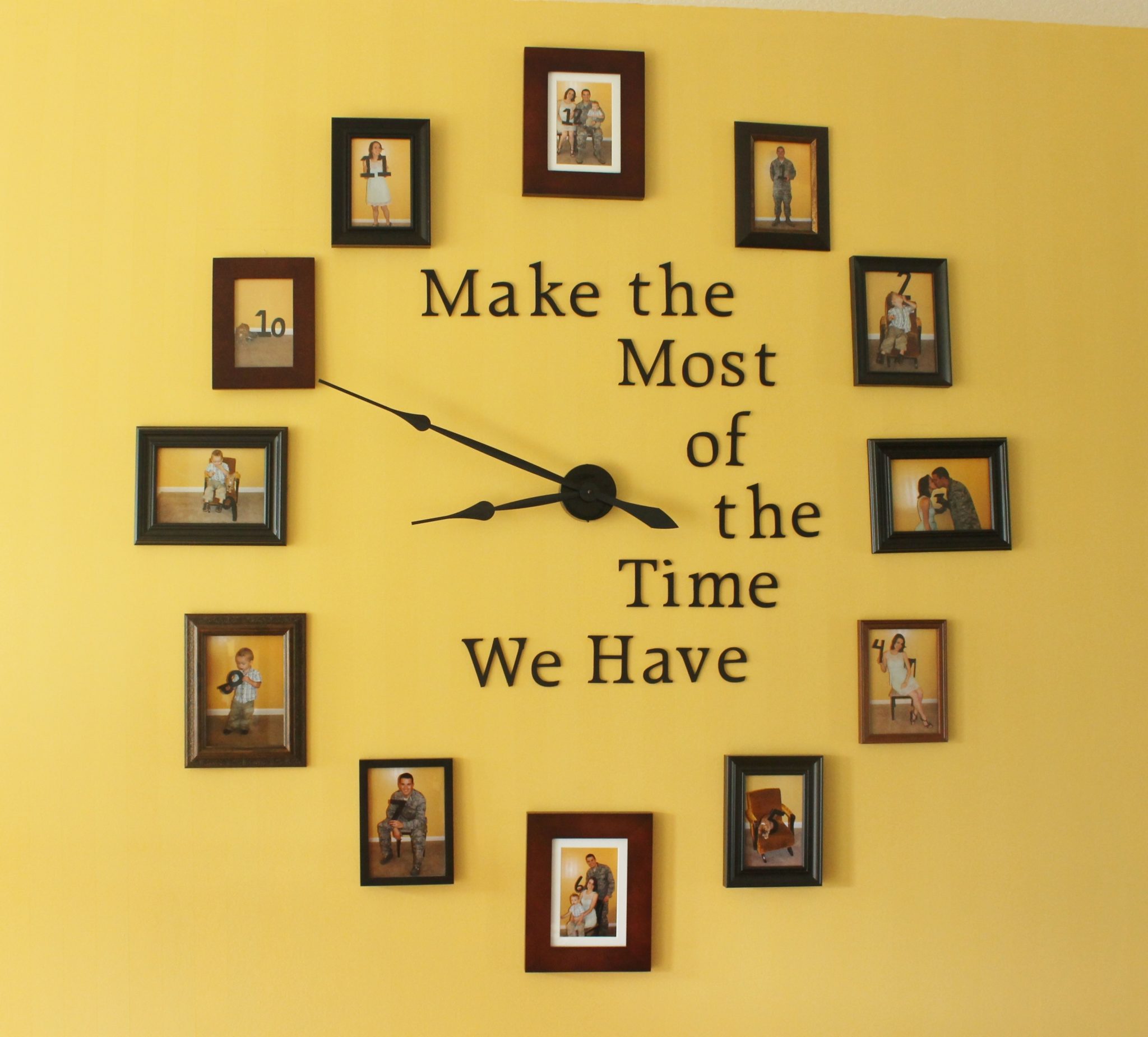
Source artscrackers.com
Design your own unique wall clock using different materials and styles to add a functional and eye-catching element to your office decor.
A wall clock in your home office not only serves the purpose of keeping you on schedule but also provides a chance to showcase your creativity and add a personal touch to your workspace. Creating a DIY wall clock allows you to customize it according to your preferences, match it with your office theme, and incorporate elements that reflect your style. Here are some ideas for designing your own DIY wall clock that you can easily complete in a weekend.
1. Vintage Vinyl Record Clock:

Source www.pinterest.com
Give your office a retro vibe by repurposing old vinyl records into a unique wall clock. Simply add clock hands and numbers to the record for an instant conversation piece.
2. Rustic Wooden Pallet Clock:

Source www.pinterest.com
Create a rustic and natural look by using a wooden pallet as the base for your clock. Add large numbers and clock hands for a bold statement piece.
3. Minimalist Marble Clock:

Source badr-stores.com
For a sleek and modern look, opt for a minimalist clock design using a marble slab as the clock face. Add simple metal or wooden clock hands to complete the look.
4. Colorful Geometric Clock:

Source www.pinterest.com
Bring vibrancy and energy to your home office with a colorful geometric clock. Cut different shapes out of colored paper or cardstock and arrange them on a round clock face. Use contrasting colors for a striking effect.
5. Industrial Steampunk Clock:
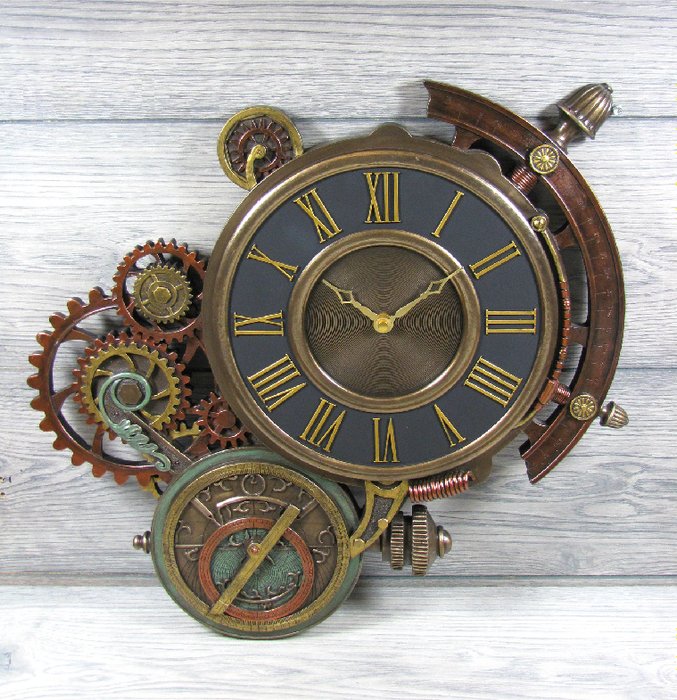
Source auction.catawiki.com
Add an industrial and vintage feel to your workspace with a steampunk-inspired clock. Use old gears, pipes, and metal elements to create a clock with a unique and edgy design.
6. Personalized Family Photo Clock:

Source executivegiftshoppe.com
Add a sentimental touch to your office with a personalized family photo clock. Print and cut out photos of your loved ones, and stick them around the clock face. Every time you check the time, you’ll be reminded of the special people in your life.
7. Nature-inspired Leaf Clock:

Source www.etsy.com
Bring a touch of nature to your home office with a leaf-inspired clock. Cut out leaf shapes from colored paper or use real pressed leaves for an organic and calming design.
8. Chic Mirror Clock:
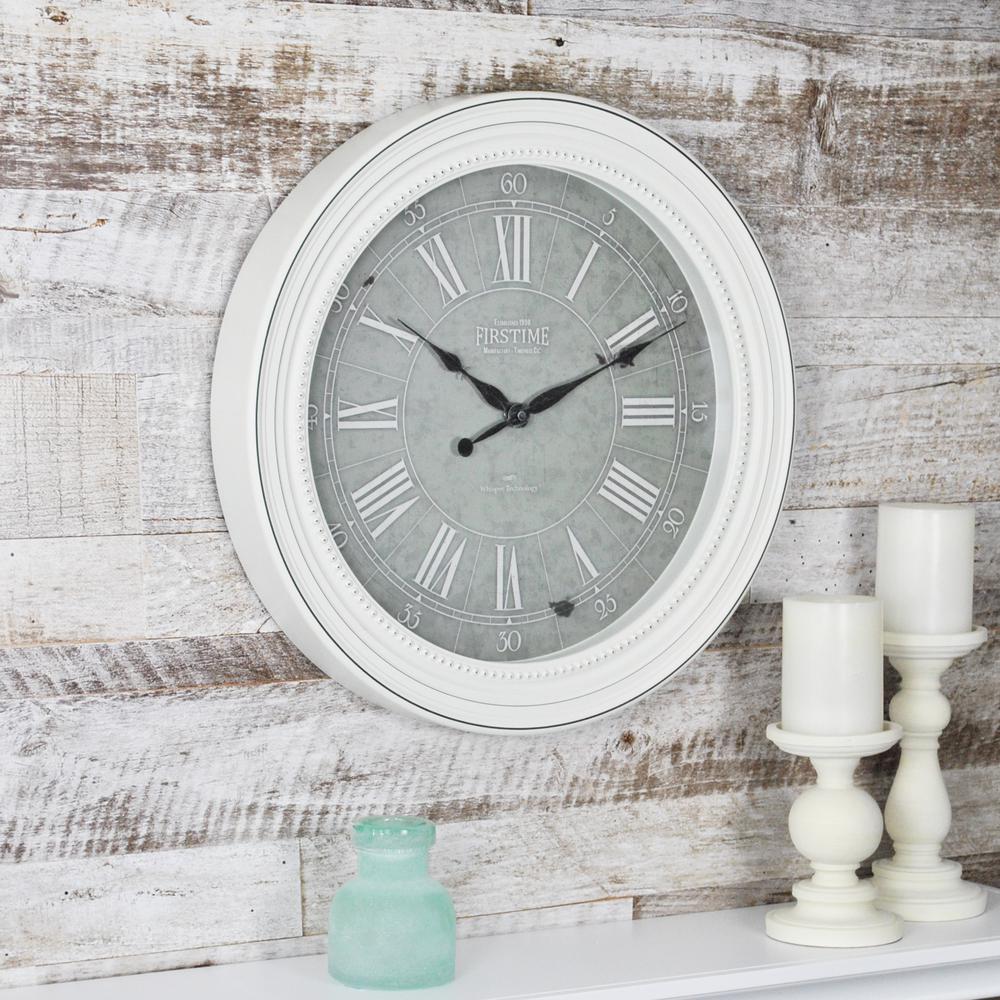
Source www.homedepot.com
Create a glamorous and stylish clock by using a round mirror as the clock face. Add metallic or acrylic clock hands for an elegant look that reflects light and adds depth to your workspace.
9. Inspirational Quote Clock:

Source www.pinterest.com
Motivate yourself during work hours with an inspirational quote clock. Print or stencil your favorite quotes onto the clock face and choose clock hands that complement the design.
10. Upcycled Book Clock:
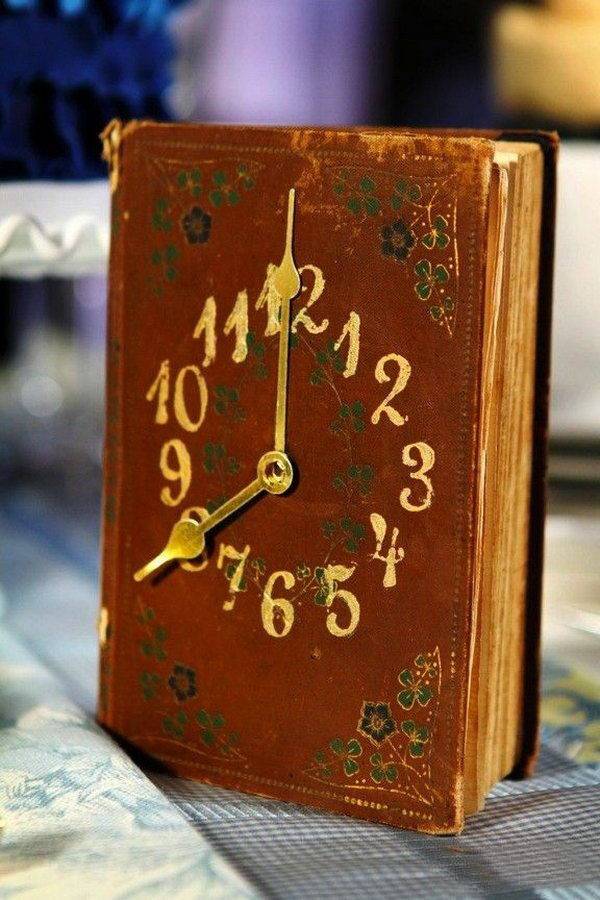
Source www.upcycled-wonders.com
Give new life to an old book by transforming it into a unique clock. Cut a hole in the center of the book cover, insert a clock mechanism, and decorate the cover with additional elements like vintage illustrations or quotes.
11. Playful Lego Clock:
Source thecraftinb.blogspot.com
Let your inner child out with a playful Lego clock. Build a Lego base and attach clock hands to create a colorful and customizable clock that represents your imaginative side.
12. Quirky Wall Decal Clock:
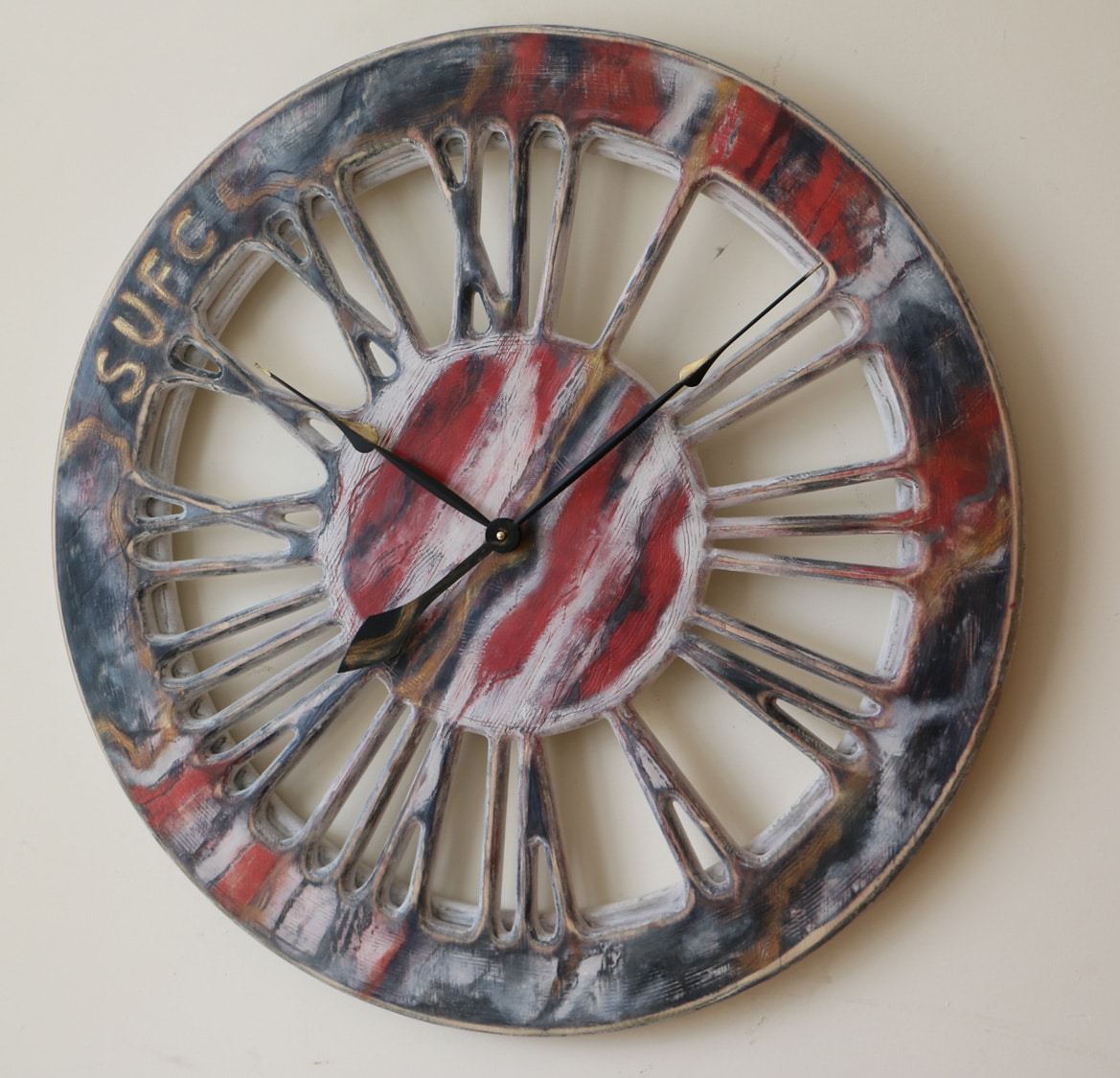
Source peakart.co.uk
Apply a wall decal with clock numbers onto any flat surface to instantly transform it into a clock. This option allows for endless creativity as you can choose from various designs and easily reposition the clock if desired.
13. Modern Wireframe Clock:

Source www.pinterest.com
Create a contemporary and geometric clock using metal wires. Bend and shape the wires into numbers and assemble them onto a round or square clock face. This unique design will catch the eye and make a statement in your office.
14. Colorful Button Clock:

Source www.publicdomainpictures.net
Indulge in a fun and crafty project by making a button clock. Choose buttons in various sizes and colors, and glue them onto a round clock face. This DIY clock not only looks charming but also adds texture to your office wall.
15. Whimsical Balloon Clock:

Source society6.com
Add a touch of whimsy to your office with a balloon clock. Cut out a balloon shape from vibrant-colored paper or use real small balloons as decorations. Attach clock hands to the center of the balloon for a lighthearted and cheerful design.
With these DIY wall clock ideas, you can create a unique and personalized timepiece that not only tells time but also serves as a stylish and functional decoration in your home office. Get creative, experiment with different materials, and enjoy the process of crafting a clock that reflects your personality and enhances your workspace.